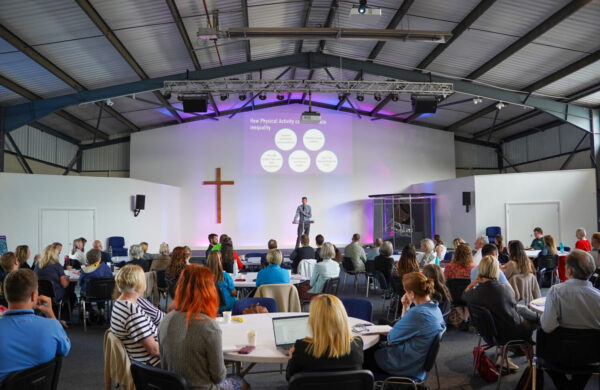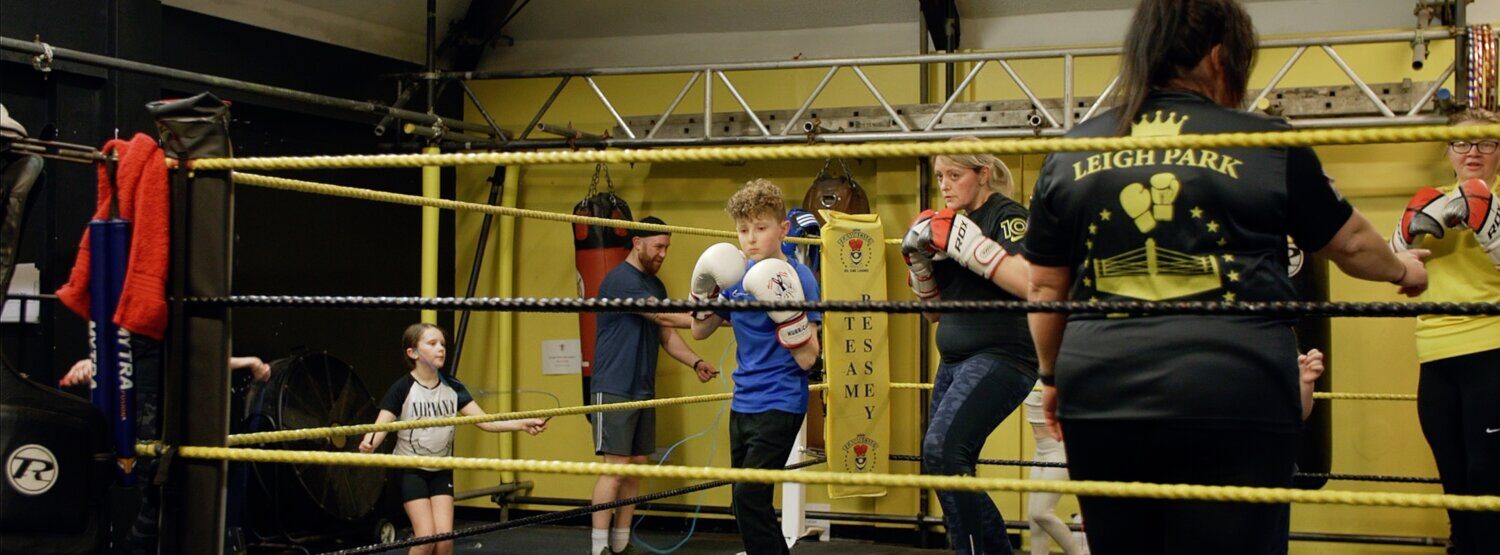
Impact and Celebration: Let’s Keep Learning Together
Celebrate the impact of Hampshire Active Health Programme.

32 organisations were part of the programme delivering activities between April 2024 and February 2025. Over 3000 Hampshire residents took part in almost 3500 activity sessions during this time.
The experiences on offer were varied. Some projects focused on opportunities for learning disabled adults to be active, others focused on providing positive early experiences for young people, including a focus on those with caring responsibilities, those in lower income areas and those experiencing poor mental health
Many were targeted on supporting people with specific health conditions such as Cardio Vascular Disease and diabetes to start their physical activity journey.
Throughout the programme, the organisations delivering the projects were also invited to attend development, networking and learning events covering community engagement, evaluation techniques and Equality, Diversity and Inclusion topics.
We’ve covered some of the headlines, but we really recommend you read the full report to understand not just what happened, but how organisations made it happen and what they learned along the way.
All of this has been shared for you to use in your future projects and as evidence for funding bids, so read on!
We really wanted to understand what worked and what didn’t so that everyone can learn from the experience. Using a mixture of surveys and conversations with both participants and those running the projects, we can add to the evidence for using physical activity, and crucially, start to build a picture of what key conditions help to create happier, healthier communities in Hampshire.
Here’s some key headlines on how the projects used physical activity to tackle health inequalities
I can honestly say that it has completely changed my life in so many ways, allowing me to get back to full health...and feeling so much better. My blood pressure has dropped dramatically.
Project Participant
Having so many rich conversations takes time, but it helps us to build a picture of what key things people find important to support them on their journey. Here’s some of the things we kept hearing from both participants and activity providers.
Listen and respond to your audience: Take time to understand your local context, and listen to your audience, this means that you can build stronger relationships with participants, because they trust you, and see you responding to their needs. When participants have good relationships with staff, they attend more regularly, achieve better outcomes, and measuring impact is easier.
Collaboration: As well as building relationships with the people you want to reach, you might need to build relationships with other organisations. Or you might need to help physical activity providers build relationships with individuals. Establishing yourself as a trusted partner can build long lasting relationships that increase activity options for people.
Build on what already exists: Using the places and spaces people may already be familiar with can help local people to engage in and benefit from physical activity and further adds to your understanding of the local context. This can also support longer-term sustainability or behaviour change, by supporting participants to use the facilities in their local place.
If you need the above documents in a more accessible format, please get in touch: grants@energiseme.org
The Hampshire Active Health Programme was managed by Energise Me, on behalf of Hampshire County Council Funding was provided by the Contain Outbreak Management Fund (COMF) from the Department of Health and Social Care, which was specifically allocated to fund public health projects that would address health inequalities arising from the pandemic, and prevention projects that will prevent or mitigate unequal impact on populations in future outbreaks.
The funding was available to support the following inactive groups access physical activity. Data shows these groups of people are at greater risk of negative impacts from the Covid-19 pandemic or adverse health consequences from Covid-19 infection.